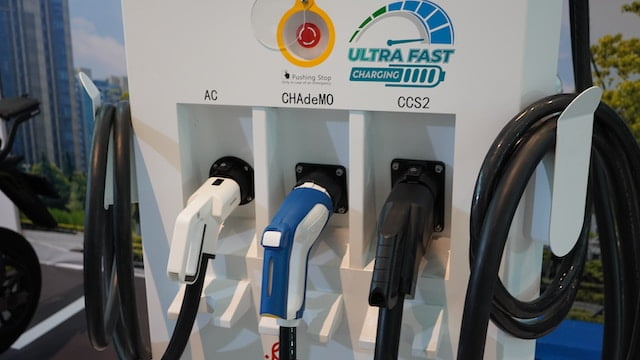Knowing how to use an EV charging station is crucial whether you’re an EV driver or a property owner. The proper knowledge will help you avoid costly mistakes and speed up your EV.
If you own or manage a business, making EV charging available can make your building more appealing to employees and attract new talent. It will also help you save money and reduce your environmental impact.
Level 1
If you’re considering purchasing an electric vehicle, the first thing you should consider is which level of the charging station will best meet your needs. You’ll want to choose a level that works for you, your time availability, cost approach, and familiarity with electrical equipment.
Level 1 charging stations plug into a standard household 120-volt grounded wall outlet. These ready-to-use options are typically found in apartment complexes, some workplaces, and multiunit dwellings (MUDs).
It takes about 40-50 hours to charge a battery electric vehicle (BEV) with a Level 1 charger and 5-8 hours to recharge a plug-in hybrid electric vehicle (PHEV) with a Level 1 charger.
A Level 2 charging station plugs into a dedicated 240-volt or 208-volt electrical circuit. It can take work to install a Level 2 charging station, but it adds about 14-35 miles per hour of range.
Level 2
Level 2 chargers are the most common charging station in public places, parking garages, and homes. They charge 12 to 80 miles an hour, filling most EVs from empty within 4.5 hours.
They also add power to your EV’s battery pack faster than Level 1 units, adding up to 12-32 miles of driving range for each hour of charging. That’s why EV owners often recommend Level 2 units over Level 1.
These units need a dedicated 240-volt circuit, like an oven range or clothes dryer in your home. Depending on your local utility provider, you may be eligible for rebates to help cover the cost of purchasing and installing a Level 2 EV charging unit.
In addition, Level 2 stations can be connected to an intelligent network, allowing you to monitor and manage your charging in real time through a mobile app. It will enable you to customize your charging schedule and save money on your overall electricity bill, making a Level 2 EV charging unit an investment worth making.
Level 3
Level 3 chargers are much more sophisticated than Level 2 and require a more significant electrical source. They run at a 480-volt direct current (DC) instead of the standard 240-volt AC.
While these stations are typically more expensive than Level 2 models, they also offer a faster recharge rate, allowing electric vehicles to be fully charged in less time than Level 1 charging solutions. Sometimes, a Level 3 station can recharge an EV battery in the same amount of time it takes to fill a gas tank.
The best way to determine which EV charging solution is right for your building and its residents is to partner with an expert EV charging stations company.
Plug Types
With a wide range of plugs available to electric vehicles, it cannot be obvious to know what’s which. Whether you are looking to charge your car at a public charging station or at home, it’s essential to understand the different plug types and their uses.
The J1772: All-electric vehicles (except Tesla) in North America use the SAE J1772 plug for Level 1 and Level 2 charging. The J1772 is a universal plug that can handle up to 10 kW of charging depending on your vehicle’s power output.
CCS: In North America and Europe, the CCS Combo plug is a DCFC port compatible with most fast-charging networks. These ports can be found at many public charging stations but not private homes or workplaces.
In Europe, most EVs use a Type 2 socket. It is the most common charging port, compatible with all EVs regardless of brand or model. It can also handle charging up to 43 kW at AC rapid charging sites and can be locked to your car for security.
Locations
Whether you’re a new or seasoned EV driver, finding an electric vehicle charging station is easier than ever. There are ways to find interactive maps of all public EV charging stations in the United States.
Some site includes a search function that allows users to locate charging stations by city, state, and zip code. It also provides valuable data, such as when the stations were installed, what type of charging they support, and how many people use them.
Another feature of the map is an option to report a charging station, which allows users to share information about a charging station with other EV drivers and the community. It helps ensure the station is up-to-date and available to everyone using it.
Unlike gasoline stations, which can be accessed at any time of the day or night, charging stations must operate during business hours and at locations where people are likely to find them. It means ensuring that they’re well-lit and easy to find.




